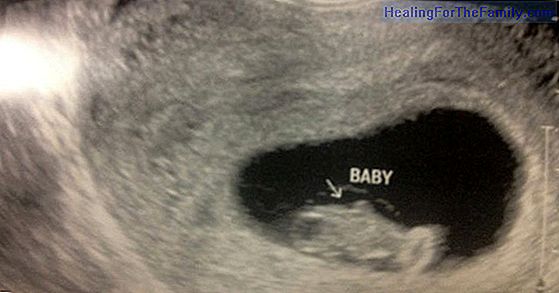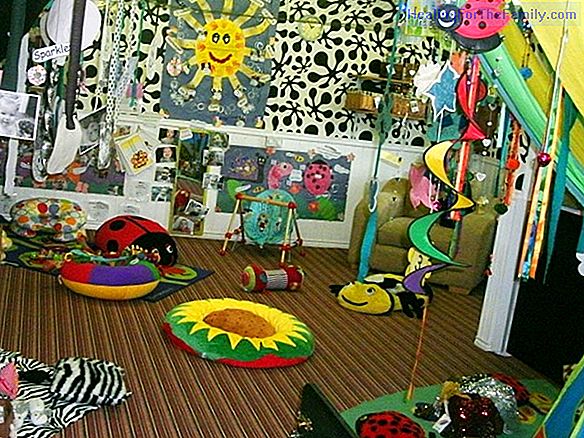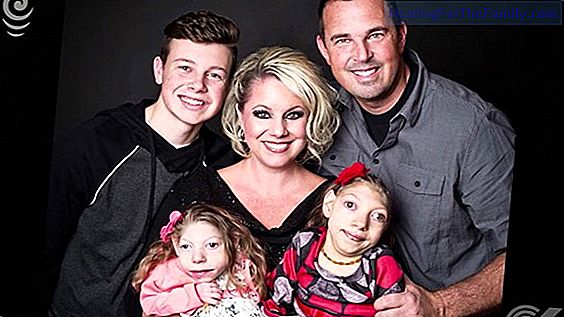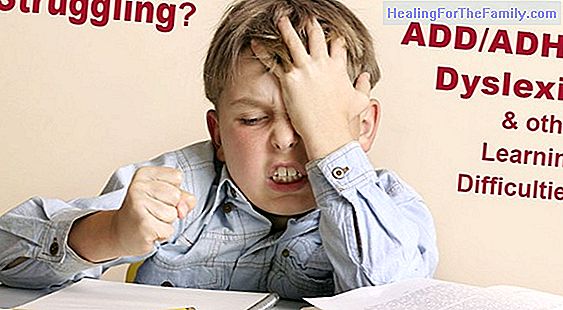How to apply multiple intelligences in school
The theory of multiple intelligences was developed by psychologist and education expert Howard Gardner. According to this theory there are eight and a half intelligences that use different areas of the brain that connect with each other but that can be worked on individually. These intelligences are
The theory of multiple intelligences was developed by psychologist and education expert Howard Gardner. According to this theory there are eight and a half intelligences that use different areas of the brain that connect with each other but that can be worked on individually. These intelligences are: logical-mathematical, verbal, visual-spatial, kinetic, musical, interpersonal, intrapersonal, naturalistic and existential.
When there are different intelligences, different and personalized educational strategies must be used in the classroom according to the type of intelligence that predominates in the student. Thus, we understand that not everyone learns in the same way so that education must adapt to each child and, for this, teachers must be guides who teach their students to recognize their main intelligences and help them to use them to improve learningKeys to work multiple intelligences in school
- Know which intelligences are predominant in children through observation
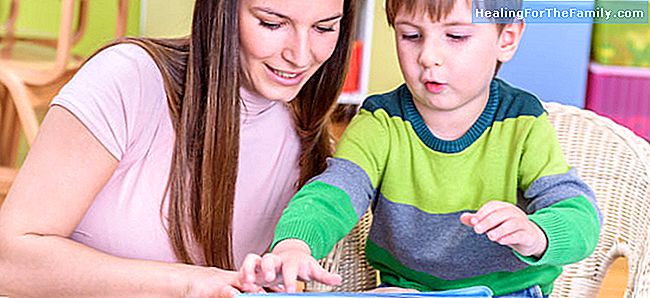
. Before intervening, it is important to know which intelligences are more or less active in the small ones in order to be able to act on the intelligence that they have developed and to be specific with the rest of the intelligences so that they can also develop them.- Choose a transversal treatment of the contents
, diversifying and focusing them from different points of view so that the children develop skills related to each of the intelligences.- Use a renewed methodology such as working on projects
, collaborative learning, using gamification, that is, the use of game mechanics in the classroom. Use all those tools that allow the integral development of the intelligences.- The use of new technologies
offer the possibility of using multiple tools that serve as support for the presentation of contents and preparation of the class for the teacher and acquisition of contents for the student. - To check the degree of acquisition of knowledge it is important that
be adapted to the needs of each child and therefore take into account multiple intelligences when evaluating them. Therefore, it is important that both the learning process and the evaluation process propose different activities and different approaches so that children have multiple opportunities to be able to demonstrate what they have learned. Resources for working multiple intelligences in school
Logical-mathematical intelligence
is enhanced by the use of experiments and team challenges such as the solution of riddles, logic games or mathematical games. Verbal intelligence
can be enhanced with activities such as group reading, commenting on texts, preparing debates, lectures or the exhibition of works in the classroom. Other more creative activities such as organizing a radio or writing a book in common. Visual-spatial intelligence potencia is enhanced by the use of diagrams and maps in the explanations, with the drawing, proposing activities such as making interactive murals or exposing works with the use of photos.
The kinetic-corporal intelligence can be enhanced with the dramatization in the explanation of some topic (it is history for example) and with the physical exercise (use of dynamics of movement in the explanation).
Musical intelligence is enhanced by the creation of rhythms or musical games. Making auditions or playing an instrument.
Interpersonal intelligence can be enhanced by organizing debates with current news, with group activities or by participating in talks and colloquia.
Intrapersonal intelligence is enhanced by the organization of projects such as the creation of a blog as a personal diary.
Naturalistic intelligence potencia is enhanced with outings and activities in nature or by doing research projects.

